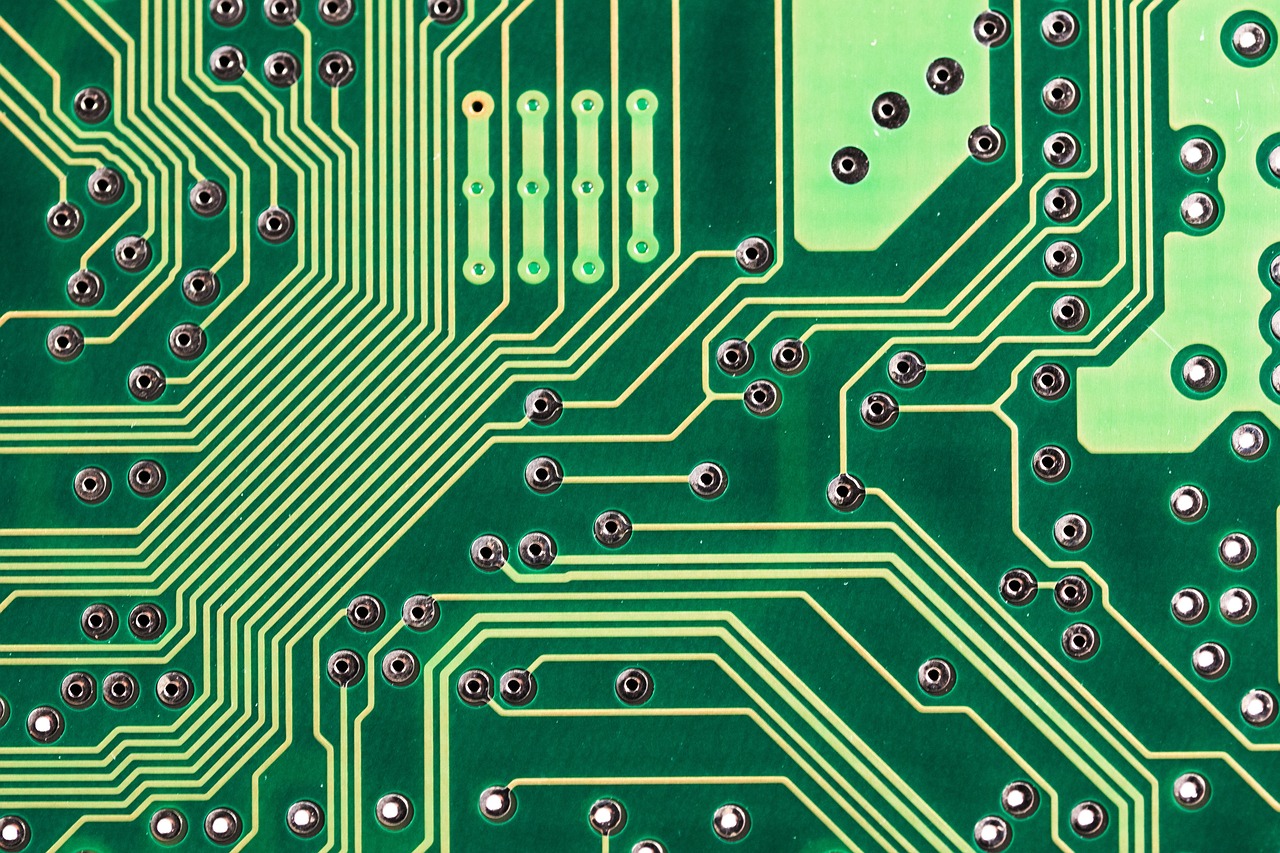The Future of Biometric Security in Emergency Management
Emergency management systems play a critical role in ensuring public safety and security during disasters and crises. As technology continues to advance, there is growing interest in the integration of biometric security solutions into emergency management protocols. This article explores the future of biometric security in emergency management and its potential to enhance preparedness, response, and recovery efforts.
Biometric Authentication and Access Control
Biometric authentication technologies, such as fingerprint recognition, iris scanning, and facial recognition, offer a secure and efficient means of verifying individual identities in emergency situations. By integrating biometric access control systems into critical infrastructure and emergency shelters, authorities can ensure that only authorized personnel gain access to restricted areas, thereby enhancing security and preventing unauthorized entry.
Identification and Verification
Biometric identification systems enable rapid and accurate identification of individuals during emergencies, such as mass casualty incidents or missing persons cases. By capturing and analyzing biometric data, such as fingerprints or facial features, authorities can quickly verify the identities of survivors, facilitate family reunification, and expedite the provision of medical care and support services.
Real-Time Monitoring and Surveillance
Biometric surveillance technologies allow for real-time monitoring of crowd movements and behavior patterns during emergencies, helping authorities identify potential threats and prevent security breaches. By deploying biometric sensors and cameras in public spaces and evacuation routes, emergency management agencies can detect suspicious activities, monitor crowd densities, and ensure the safety and security of affected populations.
Disaster Response Coordination
Biometric data can also facilitate more efficient coordination of disaster response efforts by providing authorities with real-time information on the location and status of personnel and resources. By equipping emergency responders with biometric wearable devices, such as smart badges or wristbands, authorities can track their movements, monitor vital signs, and allocate resources more effectively, thereby improving overall response coordination and effectiveness.
Privacy and Ethical Considerations
While biometric security solutions offer significant benefits for emergency management, they also raise important privacy and ethical considerations that must be addressed. Concerns regarding data security, consent, and potential misuse of biometric data require careful consideration to ensure that the rights and privacy of individuals are protected. Additionally, safeguards must be implemented to prevent discrimination, bias, and unauthorized access to biometric information.
Conclusion
The future of biometric security in emergency management holds great promise for enhancing the safety, efficiency, and effectiveness of response efforts. From biometric authentication and access control to identification, surveillance, and response coordination, biometric technologies offer innovative solutions for addressing security challenges in emergency situations. However, it is essential to balance the benefits of biometric security with the need to protect individual privacy and rights, ensuring that these technologies are deployed responsibly and ethically in emergency management settings.
FAQs
Q: How can biometric security solutions enhance emergency preparedness?
A: Biometric authentication and access control systems can improve security at critical infrastructure and emergency shelters, ensuring that only authorized personnel gain access to restricted areas.
Q: What role can biometric identification play in disaster response?
A: Biometric identification systems enable rapid and accurate verification of individual identities during emergencies, facilitating family reunification, medical care provision, and support services for survivors.
Q: How does biometric surveillance contribute to emergency management?
A: Biometric surveillance technologies allow for real-time monitoring of crowd movements and behavior patterns, helping authorities identify potential threats and ensure the safety and security of affected populations during emergencies.
Q: What are some privacy and ethical considerations associated with biometric security in emergency management?
A: Concerns include data security, consent, potential misuse of biometric data, discrimination, bias, and unauthorized access to biometric information, requiring careful consideration to protect individual privacy and rights.
Q: How can biometric wearable devices improve response coordination?
A: Biometric wearable devices enable authorities to track the movements and vital signs of emergency responders in real-time, allowing for more efficient allocation of resources and coordination of response efforts during disasters and crises.





